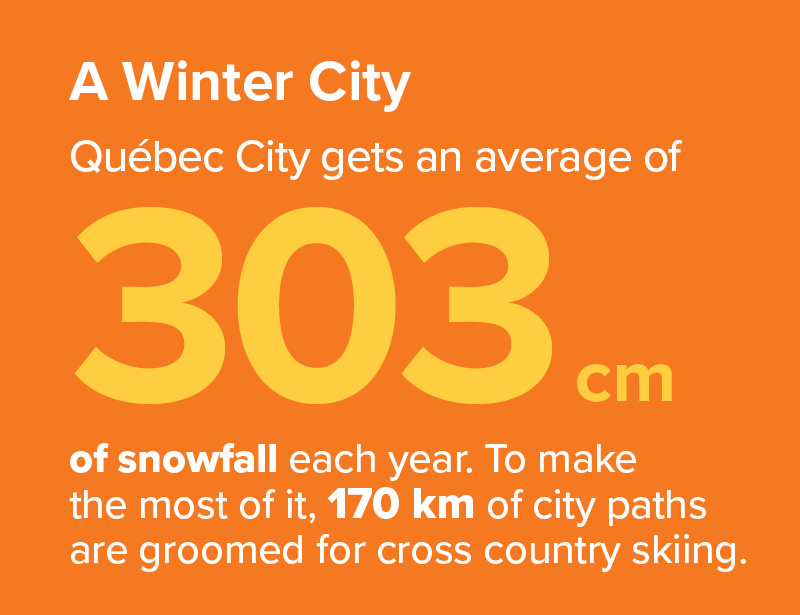
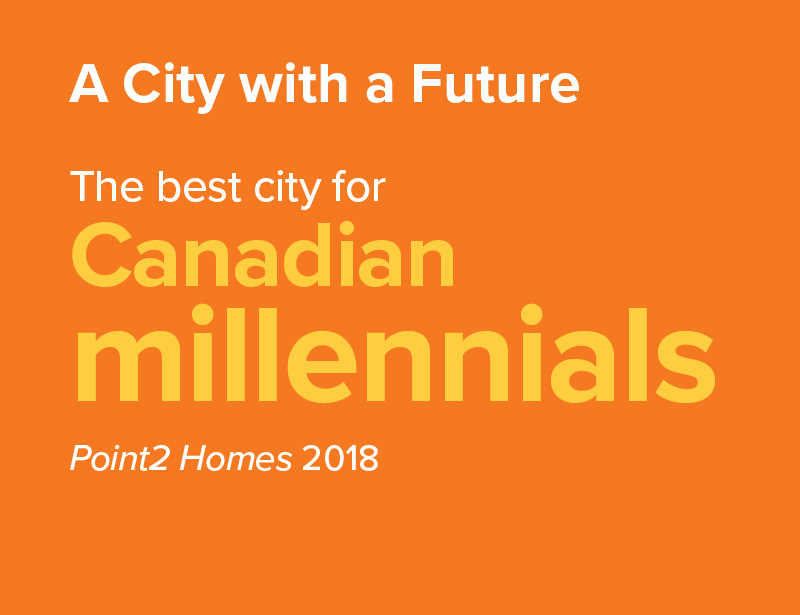
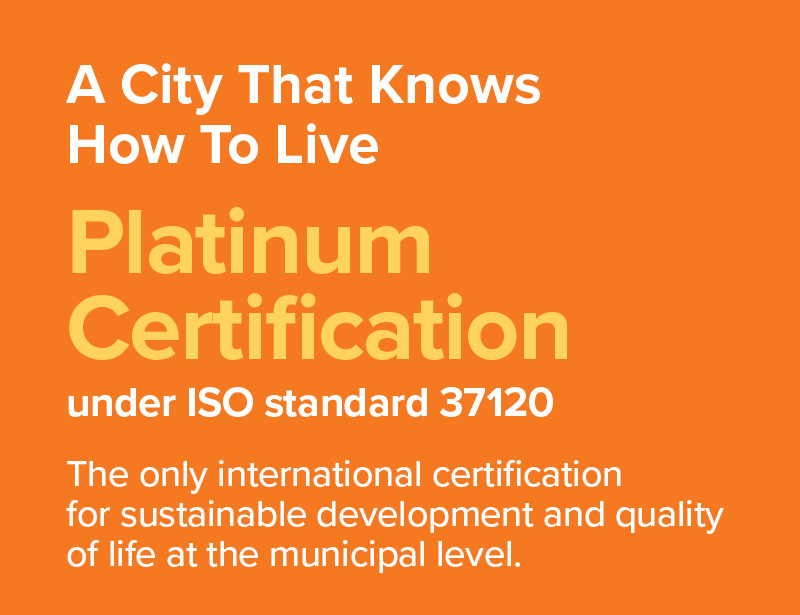
DEVELOPING HARMONIOUSLY
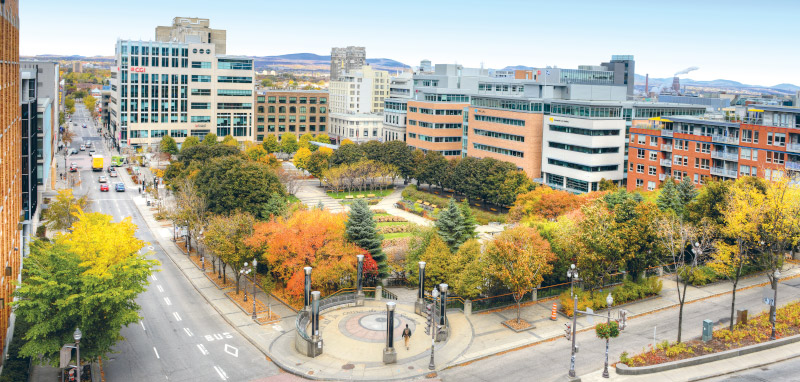
The City of Québec’s approach to development is respectful of its heritage, history, and environment as well as its human dimension. The City's future will be shaped by its various urban planning programs, including the ecodistricts, green building practices, the creation of public and green spaces, and the revitalization of certain sectors.
Full of live, in every season
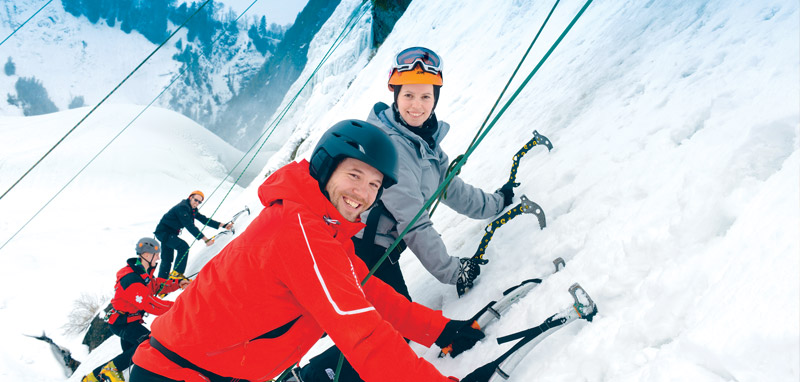
Québec City has four distinct seasons. Fall is all about local colors and flavours. Starting in December, the City gets into winter, with an average snowfall of 303 cm per year. Far from being daunted, people here love to get out into the white stuff, on cross-country skis, snowshoes, toboggans, or skates. In the spring, outdoor patios pop up like wildflowers and are filled with people eager to bask in the sunshine. Summer's warmth brings a dramatic transformation, as buds burst into leaves and the streets and public squares are brought to life by festivals and events of all kinds. And then it's back to fall!
THE URBAN GOOD LIFE
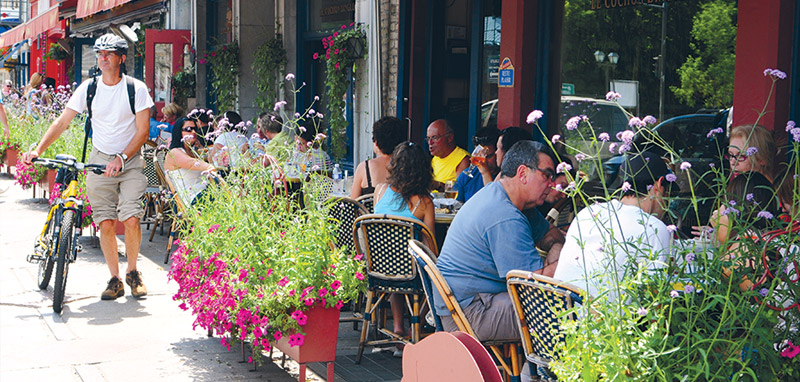
Québec City’s quality of life is something to enjoy every day. People here take advantage of big city living that’s close to nature, enjoying the city’s special character, reasonable cost of living, an array of services, and safe environment. Québec City is less expensive than most big cities in North America. The inflation rate is low, and Québec outperforms most other urban centres in Canada for cost of living. Add to these sizeable advantages the city's high‑quality healthcare and education, which add to the overall well-being of the population.
ENVIRONMENT: TO SERVE AND PROTECT
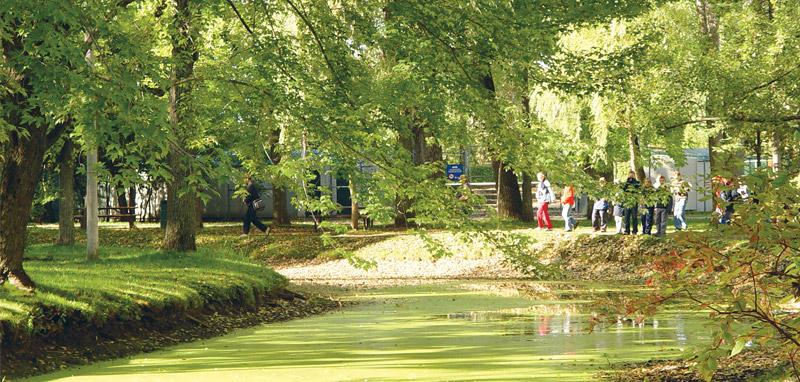
Bordered by mountains and the majestic St. Lawrence River, the Québec City area spans 454 km², nearly half of which are forests, wetlands, and aquatic environments. A number of rivers and streams run through the city, which is dotted with parks, green space and woods. The St. Lawrence is a defining feature of the city, and its benefits and potential uses are practically unlimited. The future depends on harmony with this environment, and the City is therefore very active in water protection and conservation, with programs for wetlands, riparian strips, drinking water sources, sensitive ecosystems, and wildlife habitats.
STEPPING BACK TO GROW BETTER
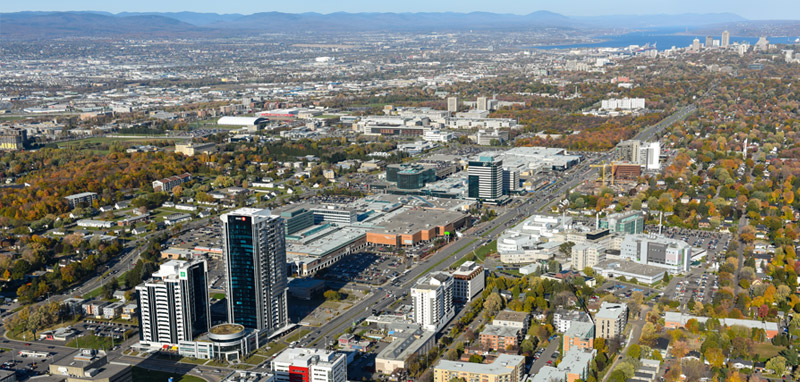
Québec City is growing and changing. It’s a city on the move, attracting families, young couples and immigrants. To accommodate the 28,000 new households expected by 2036, City planners will use the transit system as a structuring framework and foster densification to limit urban sprawl. Major redevelopments are in the works for a number of key urban areas in the coming years aimed at boosting residents’ quality of life and enhancing mobility. The city will be even better for it!



